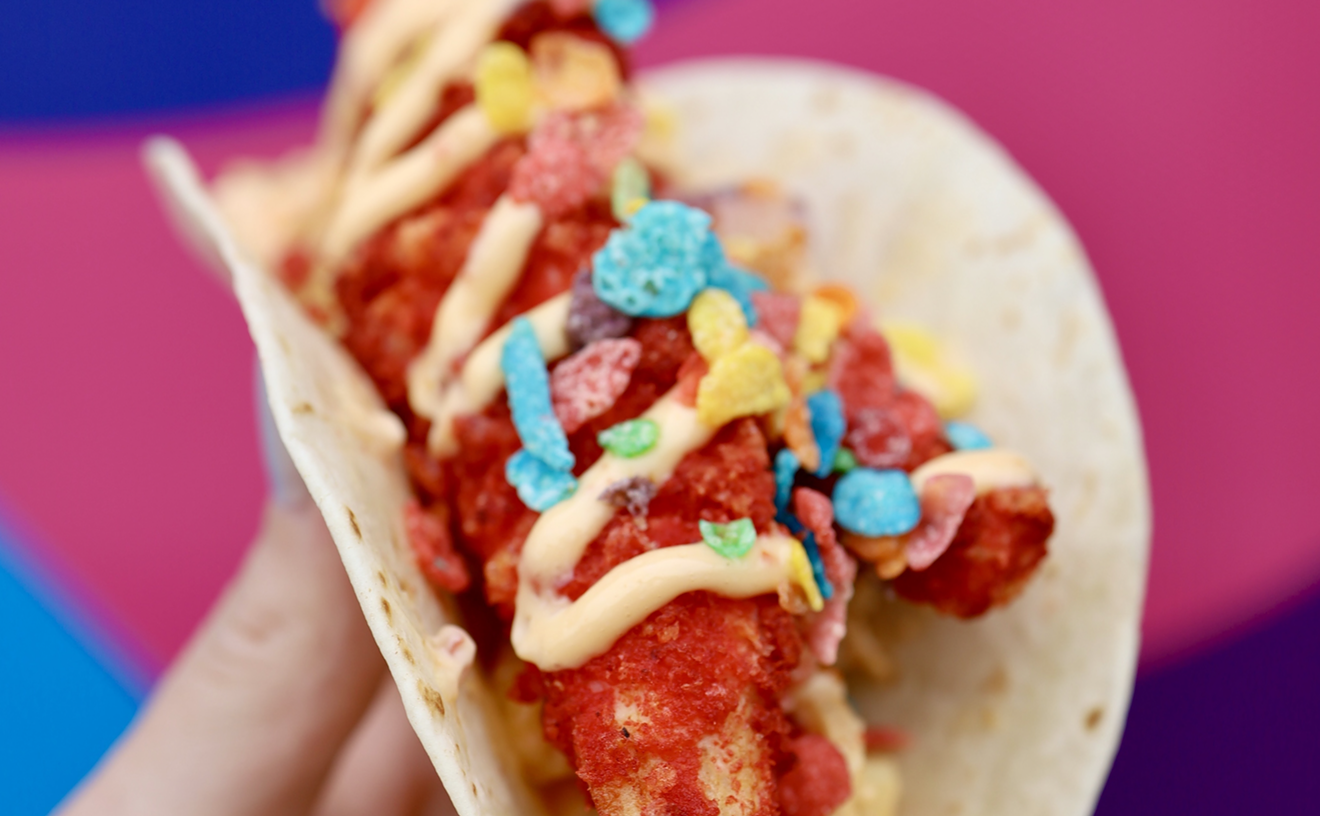Mexican Coke has been trending up over the past couple of years. Aficionados claim that Coca-Cola made in Mexico, unlike most American Coke, is tastier because it's made with real sugar instead of the now-pariah high fructose corn syrup. The exception is Passover Coke, which is sold in grocery stores around the country during the Jewish holiday because high fructose corn syrup is not kosher. According to a study released in the journal Obesity, there might not actually be a difference between the two sodas.
After the jump:
"Eso es hecho en Hialeah, no jodas..."
Mexican Coke is increasingly available at supermarkets and restaurants
around town. Michel Sanchez of Latin House Grill food truck told me he
prefers it because, "it's real sugar!" which is a common praise of the
drink. Other fans, such as Latin House Grill's Bella Cespedes, prefer
it because it evokes the nostalgia for home back in Mexico or Central
America.
I'm not a soda drinker, but I enjoy the combination of the glass bottle
and the sweeter flavor of Coke de Mexico with a greasy meal. And I'm
not alone. The New York Times Magazine extolled the Mexican Coke trend last
year.
Last week, Obesity released a study suggesting that there may be no
difference between American and Mexican Coke. As I often do, I let
national nutrition expert Marion Nestle break it down for me.In the Atlantic food blog, she says
that the investigators couldn't find sucrose (table sugar) in the
Mexican Coke. This may or may not mean that Mexican Coke is made with
high fructose corn syrup. Nestle is careful to point out in her blog that there weren't enough samples in the study to be certain.
Interestingly, the study also found that there's a lot more fructose
(the health risk in pariah high fructose corn syrup) in sodas than
people thought. The industry standard for HFCS was supposed to be 55%
percent fructose, but it turns out sodas like Coke, Pepsi, and Sprite
contain 65% fructose. Others contain 60%.
I conducted my own absolutely unscientific poll last weekend, purchasing
both regular Coke and Mexican Coke in glass bottles from my local
Publix. I asked both regular soda drinkers and non-soda drinkers to see
if they could taste the difference in a blind test. Three (33% of my
voluminous sample) of the drinkers could taste no difference. One friend says,
"Eso es hecho en Hialeah, no jodas," or "Yeah right, this is made in
Hialeah."
Most of the soda drinkers (55%) preferred the American version. My
theory is that people who are soda drinkers prefer what they are used
to. As my co-worker said, "I ilke that it reminds me of when I was a
kid." One friend preferred what he thought was the greater carbonation
of American Coke: "like a big mouth biting your tongue." Er, ok.
Non-soda drinkers didn't prefer one over the other. Another completely
unsubstantiated theory is that non-soda drinkers like me gravitate to
the smoother, sweeter taste (whether real or imagined) of Mexican Coke.;
It all comes back to the fact that food is about so much more than the
ingredients.The New York Times writer concluded that "I always pay
extra for the 12-ounce bottle that says it's "Hecho en Mexico." I do
this because I believe it tastes better, and I really don't care why."
Is it the power of advertising, the snobbery of cache, the pull of the
familiar and nostalgic? Who knows? Just take it all with a grain of
sugar.










